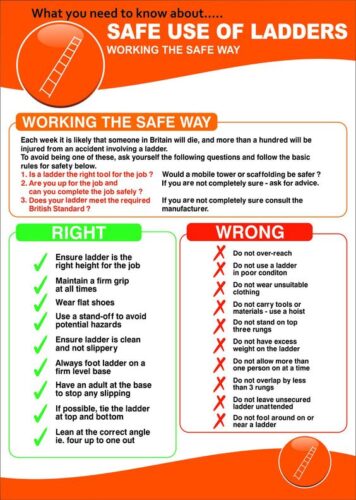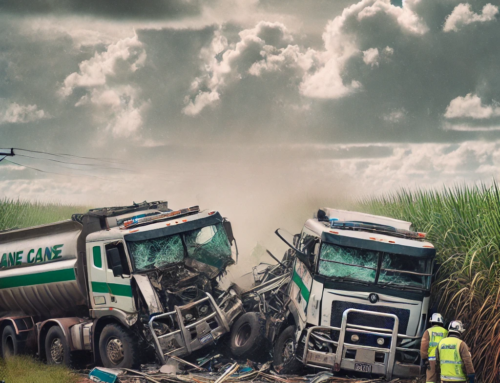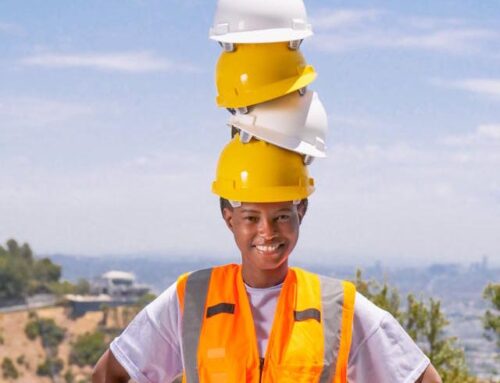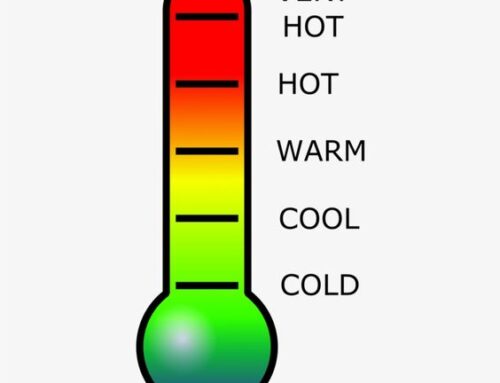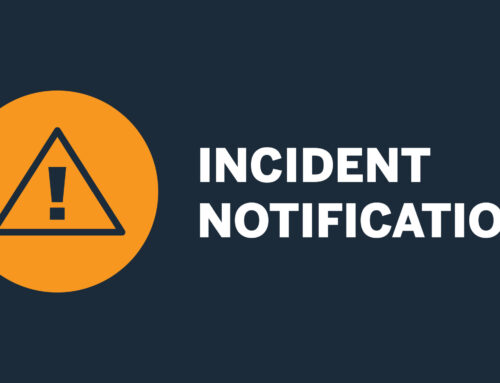Till date working at heights remains the biggest cause of fatalities and major injuries. The most cases include falling from ladders at a height and falling through fragile surfaces. Working at heights’ means to commence work in any place where, if no safety systems had been put in place, a person can fall from a distance resulting in a serious injury or fatality
What do I have to do?
Make sure that proper planning is done before any tasks are being done. Make sure that competent and trained people execute the tasks and that proper supervision is available. Ensure that all the relevant and necessary equipment is available before work at heights is being conducted.
Control Measures
Assess your risk. Weigh up factors like, the height of the task, the duration and frequency, and the condition of the surface being worked on. Before you commence work at a height go through these steps below:
- If possible avoid conducting work at a height
- Where working at heights can not be avoided make sure that the correct equipment is available to prevent any falls.
- If the risk or working at heights cannot be eliminated, make use of the correct equipment to minimise the distance and consequences of the fall.
Always look for measures that will first protect everyone at risk (collective Protection) before you look for measures that will protect an individual.
Collective protection is equipment that does not require the person working at height to act for it to be effective. Examples are permanent or temporary guardrails, scissor lifts and tower scaffolds.
Personal protection is equipment that requires the individual to act for it to be effective. An example is putting on a safety harness correctly and connecting it, with an energy-absorbing lanyard, to a suitable anchor point.
Do’s and Don’ts of working at height
Do’s:
- Do as much work as possible from the ground
- Ensure workers can get safely to and from where they work at height
- Ensure equipment is suitable, stable and strong enough for the job, maintained and checked regularly
- Take precautions when working on or near fragile surfaces
- Provide protection from falling objects
- Consider emergency evacuation and rescue procedures
Don’ts:
- Overload ladders – consider the equipment or materials workers are carrying before working at height. Check the pictogram or label on the ladder for information
- Overreach on ladders or stepladders
- Rest a ladder against weak upper surfaces, e.g. glazing or plastic gutters
- Use ladders or stepladders for strenuous or heavy tasks, only use them for light work of short duration
- Let anyone who is not competent (who doesn’t have the skills, knowledge and experience to do the job) work at height
Further Information
Suncoast Safety specialises in Work at Height Safe Work Method Statements (SWMS) for all types of business.
Friendly Service, Free Quotes and Helpful Advice. Contact us Today 0429 990 418 or (07) 5493 2961
Serving but limited to the Sunshine Coast, Brisbane, Gold Coast, Ipswich, Gympie, Maryborough, Hervey Bay, Bundaberg, Central Queensland & Far North Queensland


